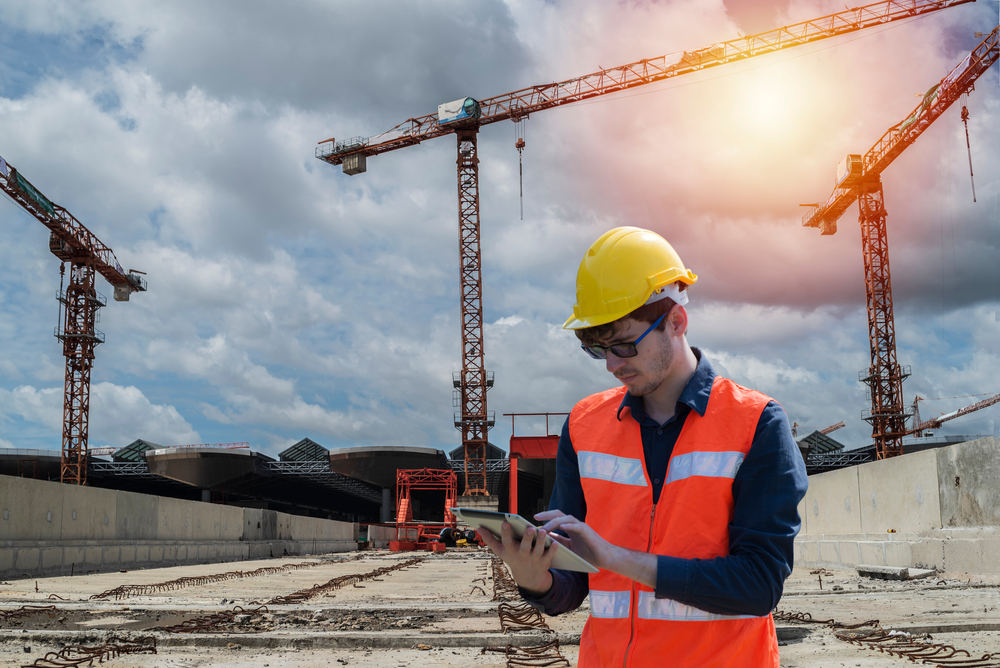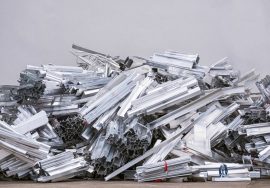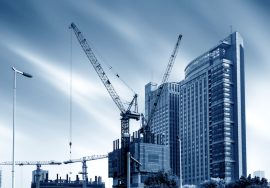The Benefits of Prefabricated Construction
The Benefits of Prefabricated Construction

Prefabricated construction, also known as modular construction, has gained significant popularity in recent years due to its numerous advantages over traditional construction methods. This modern approach involves manufacturing building components in a controlled environment and then assembling them on-site. From reduced construction time to cost savings, prefabricated construction offers a variety of benefits that are transforming the construction industry.
Faster Construction Time
One of the most significant benefits of prefabricated construction is the reduction in construction time. Since the building components are manufactured off-site, various construction phases can occur simultaneously. While the foundation is being prepared on-site, the walls, floors, and other components are being built in a factory.
This parallel process can significantly speed up project timelines, allowing buildings to be completed faster than with traditional construction methods. For developers and contractors, this means reduced labor costs and quicker project turnover.
Cost Efficiency
Prefabricated construction can also lead to substantial cost savings. Manufacturing building components in a factory setting allows for bulk purchasing of materials, which can reduce material costs. Additionally, controlled factory environments minimize waste and errors, further reducing costs associated with material overages and on-site mistakes.
Moreover, the faster construction timeline associated with prefabrication means that labor costs are lower, as fewer workers are needed on-site for a shorter period.
Improved Quality Control
Quality control is a major advantage of prefabricated construction. Since the components are manufactured in a controlled environment, there is less room for error compared to on-site construction, where weather conditions and other factors can affect the quality of the work.
In factories, consistent quality control processes are in place to ensure that each component meets strict specifications and standards. This results in higher-quality materials and more precise assembly, leading to a more durable and structurally sound final product.
Sustainability and Reduced Waste
Prefabricated construction is also more environmentally friendly than traditional construction methods. The factory setting allows for better control of materials, resulting in less waste. Any leftover materials from one project can be easily recycled for use in another, minimizing the environmental impact.
Additionally, the streamlined process of prefabrication reduces energy consumption and pollution, making it a more sustainable choice for construction projects. Many prefabricated components are also designed with energy efficiency in mind, contributing to greener buildings overall.

Flexibility and Customization
Contrary to popular belief, prefabricated construction offers a high degree of flexibility and customization. Modern prefabrication techniques allow for a wide variety of design options, including customized layouts, finishes, and materials. Modular units can be designed to fit specific project requirements and can be combined in various ways to create unique structures.
Whether building a residential home, an office complex, or a retail space, prefabricated construction can accommodate different styles and functions, ensuring that each project is tailored to the client’s needs.
Enhanced Safety
The factory-controlled environment in prefabricated construction also improves safety. Workers are exposed to fewer hazards, as much of the work is done in a secure, regulated space, rather than on a potentially dangerous construction site. This controlled environment reduces the risks associated with weather conditions, heavy machinery, and other factors that can contribute to on-site accidents.
Moreover, with fewer workers required on-site for a shorter duration, there are fewer opportunities for accidents to occur during the assembly process.
Weather-Resistant Construction
Since much of the construction process happens indoors, prefabricated construction is less affected by weather-related delays. Rain, snow, or extreme heat can often cause significant setbacks in traditional construction, leading to increased costs and longer timelines. Prefabrication eliminates this issue, as the components are built in a controlled environment and assembled quickly on-site, regardless of weather conditions.
Conclusion
Prefabricated construction offers numerous advantages, including faster project timelines, cost efficiency, improved quality control, sustainability, and enhanced safety. Its flexibility and weather resistance make it an attractive option for a wide range of construction projects, from residential to commercial buildings. As the construction industry continues to evolve, prefabrication is likely to play an increasingly important role in shaping the future of building design and development.
For more information on how to streamline your construction projects, contact us.
External Resources:
- Learn more about the environmental benefits of prefabricated construction from the World Green Building Council.
- Explore innovative prefabrication techniques at Modular Building Institute.
Read more related articles to enhance your knowledge and make informed decisions
10 Essential Steps in the Building Construction Process
How to Choose the Right Materials for Your Construction Project








